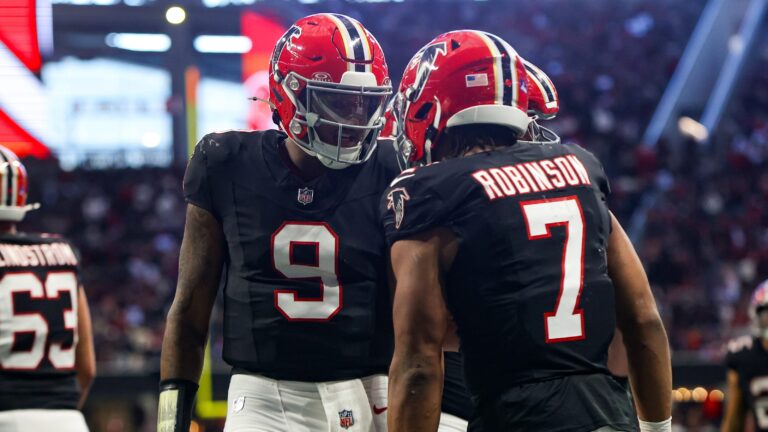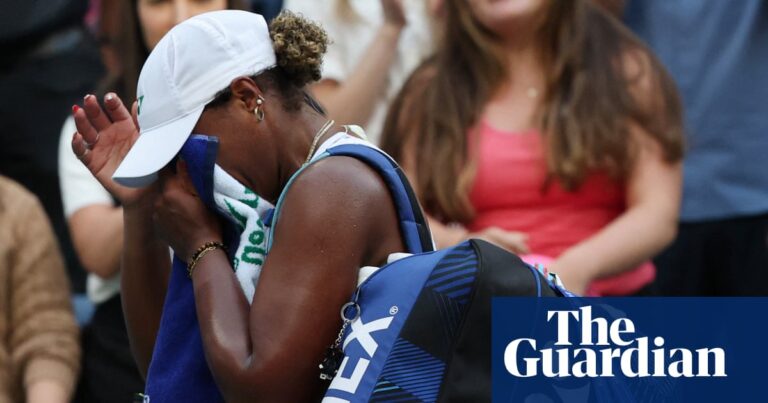
Chocolate favourites like these are at the centre of Mars’ growing empire — and why EU regulators are watching closely. Credit: Изображения пользователя Mouse Family via Canva.com
It’s not just about Pringles, when Mars announced its 36 billion bid for Kellanova, which is the company behind Cheez-It’s, Pop-Tarts, and yes, the iconic stackable chips Pringles. This is a play for dominance in the global snack aisle. Now that appetite has triggered something bigger, an EU antitrust investigation that could drill the whole deal, and behind the press releases and the corporate Smiles, the regulators within Brussels are raising a fundamental question: can one company really hold this much sway over what Europe eats?
What triggered the EU probe?
The Mars-Kellanova merger looks like a brand match made in heaven. These are confectionery titans that join forces with a ready-to-eat snack powerhouse, creating one of the most recognisable portfolios in the food industry.
- To regulators in Brussels, the deal smells more like market dominance than brand synergy.
- According to sources close to the European Commission, it’s related to its portfolio power.
- Mars already owns M&M’s, Snickers, Skittles, and pet food brands like Pedigree and Whiskas.
- Now it has added Kellanova snack staples that would provide deep vertical leverage in European retail.
This means that one company can influence the pricing of placement and even consumer choice across multiple product categories in a single market. It’s not whether Pringles or Pop-Tarts are tastier; it’s whether too many of your go-to snacks might quietly belong to the same boardroom.
They are still in the early stages of an investigation, a reflection of the rise and discomfort of how much consumer ground is covered by a single conglomerate and quietly dominates.
What happens if Mars wins?
If the deal passes, Mars will gain the new snack shelf and a strategic stronghold across multiple European markets, ranging from convenience store impulse buys to lunchbox staples. Kellanova brings in not only Pringles and Pop-Tarts, but also Cheez-It, Rice Krispies Treats, and a global supply chain that complements Mars’ own.
- They will have the kind of scale that will rival not only investors, but also supermarket supplies and consumers.
- The retailers fear that the merger between Mars and Kellanova will affect negotiations because if you want M&M’s, then you’ll also stock up on Pop-Tarts.
- It will squeeze out smaller competitors, drive up prices, and limit what ends up on store shelves, especially if you target national markets like Portugal, Belgium, or Hungary.
Why food mergers are under regulatory crosshairs
In the shadow of inflation, consumers are trading big-name brands for private labels. The retailers are using that leverage to bargain much harder, and in response, the legacy food companies are merging to stay afloat.
But that comes with the cost of dealing with Mars, and Kelanova will not only reduce the competition. It will reshape a market where three or four companies already control most of the biscuit, cereal, and chocolate categories, and once you add Pringles and Pop Tarts to the Mars empire, it can tip the balance too far in that direction.
The smaller brands will struggle to compete for shelf space, the retailer will face bundle demand, and consumers will see fewer choices and higher prices without realising why.
The regulators in Australia and Canada are reportedly reviewing the deal, too, which signals that Snack monopolies are no longer flying under the radar.
What was once seen as a harmless grocery merger is now being reclassified as something else: a system of control built on convenience and familiarity.
What’s at stake?
This is affecting consumers’ everyday decisions in terms of what snack they reach for, what cereal their kids will eat and what’s available on the shelf. This will not be shaped by taste but by consolidation.
When too many of our habits funnel back to one boardroom, the risk isn’t just corporate overreach; it’s hurting the cultural landscape, the brands lose character, and the prices lose competition.
Consumers lose without even realising. It’s about scale and synergy, but whatever happens next in terms of concessions, carve-outs, or a complete green light. The real test isn’t whether the deal close,s whether the regulators are ready to slow this drift toward snack monopolies before there’s nothing left to fight it







